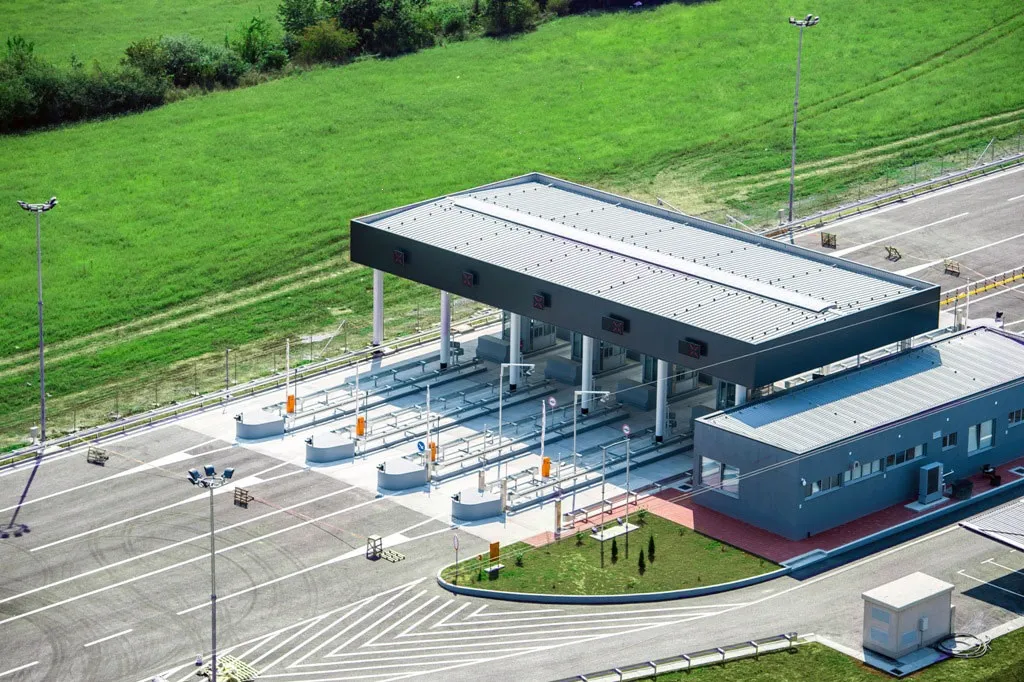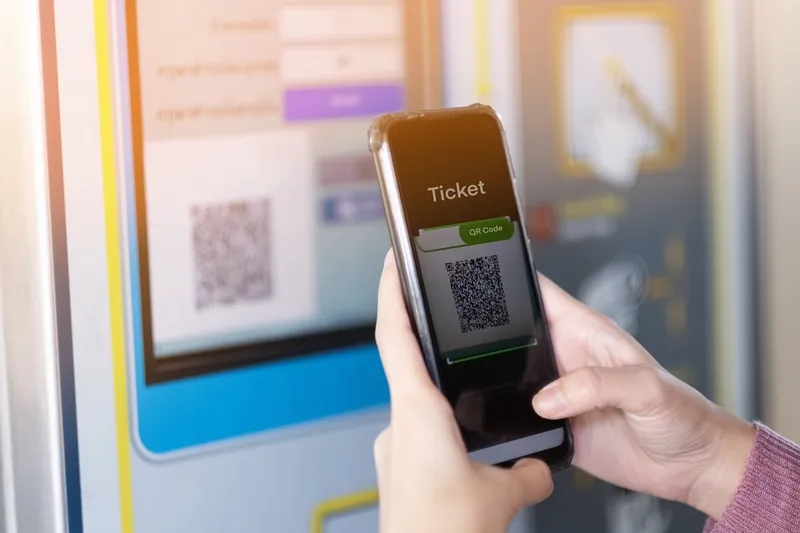
Tattile cameras are now in use for tolling and ITS in the Republic of Srpska, part of Bosnia and Herzegovina.
Around 100km of the Eastern European republic's highway network is covered by a toll system, including nine toll plazas with about 55 toll lanes.
On the highway connecting the cities of Banja Luka and Doboj, the toll collection system enables charging of all highway users according to distance travelled and vehicle class.
Operator Autoputevi Republike Srpske offers a choice in payment, so the toll plazas have different lanes providing manual ticket issuing and payment, electronic toll collection (ETC) and a mixed lane offering both options.
At the manual entrance lanes, the driver takes a magnetic ticket with encoded and printed data relevant for toll payment in cash or credit card at an exit station of the highway.
At the ETC entrance lanes, vehicles are registered without stopping, and the relevant data is recorded and stored in an on-board unit as well as in the lane and plaza computer database.
ETC lanes perform toll payment transactions electronically and optionally in pre- or post-payment.
Tattile Basic Short-Range cameras are installed on all entrance lanes to capture ANPR data, while in the manual lane they capture the number plate for security purposes, Tattile says.
For highway traffic management, there is also an ITS system on the Banja Luka - Doboj highway, covering the section from the Tovira (Johovac) interchange to the Kostajnica (Rudanka) interchange.
This includes, within a single platform, integrated systems for traffic monitoring, management of variable traffic signals, speed control and traffic lanes usage definition, road weather condition measurement, video surveillance and a system for oversized vehicle detection.
ANPR is a key part of the ITS system, using Tattile Smart 2HD, a model specifically designed for outdoor installation and reliable performance day and night in all weather conditions, the manufacturer says.
The cameras enable vehicle data collection at a maximum vehicle speed of 250 km/h; they are installed on portals and pillars.
Autoputevi Republike Srpske plans to expand the use of the cameras, for recognition of vehicle brand and colour as well as vehicle class, in addition to the introduction of average speed measurement or section speed control.









